Editor's Note: The year 2019 witnessed China making steady progress in its aerospace mission. On Jan 3, the Chang'e 4 probe made the first-ever soft landing on the far side of the moon, creating another milestone in the lunar exploration history of humankind. In November, a key experiment was carried out to verify the design and capability of the robotic Mars probe, marking a big step for China's exploration to the Mars.
But what will happen in the next year? We've sorted out some major space programs that are expected to be launched in 2020. Take a tour with us and see which ones excite you the most.
1. Tiangong space station
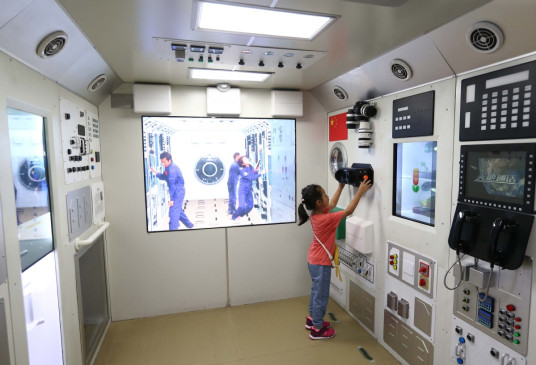
A child plays in a simulated space lab named Tiangong, a China-developed space station, at the China Science and Technology Museum in Beijing on Thursday. (Photos: China Daily)
China will start putting together its first manned space station around 2020. In the first step, a Long March 5B carrier rocket will put the station's core module into orbit that year. Next, other components and astronauts will be ferried to the core module to assemble the station.
The multimodule station, named Tiangong, or Heavenly Palace, will be mainly composed of three components - a core module attached to two space labs - having a combined weight of more than 90 metric tons, according to the China Academy of Space Technology.
The space station is expected to be built and become fully operational around 2022 and is set to operate for about 15 years.
2. Chang'e 5 lunar probe
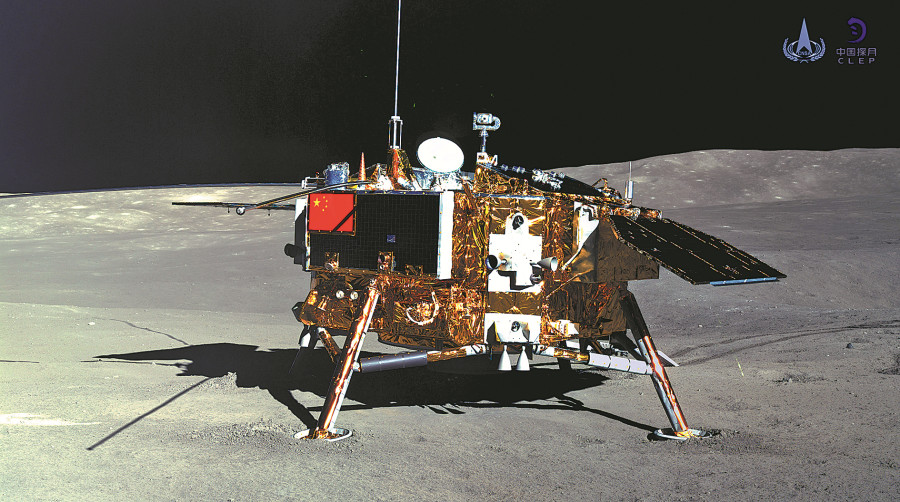
Photo taken by the rover Yutu 2 (Jade Rabbit 2) on Jan 11, 2019, shows the lander of the Chang'e 4 probe. (Photo: China National Space Administration)
China plans to launch the Chang'e 5 lunar probe in 2020 to bring moon samples back to Earth. The Long March 5 carrier rocket, China's current largest launch vehicle, will be used to send the probe into space.
China's current lunar program includes three phases: orbiting, landing, and returning. The first two phases have been accomplished, and the next step is to launch the Chang'e 5 probe to collect 2 kg of moon samples and bring them back to the earth.
China has launched four lunar probes since 2007. In December 2013, the third probe became the first Chinese spacecraft to land on the lunar surface and release the first Chinese lunar rover.
The ongoing Chang'e 4 mission, launched in December, has given mankind its first close look at the moon's far side - a region that never faces Earth - accomplishing a goal sought by scientists for decades.
3. Beidou navigation satellite system
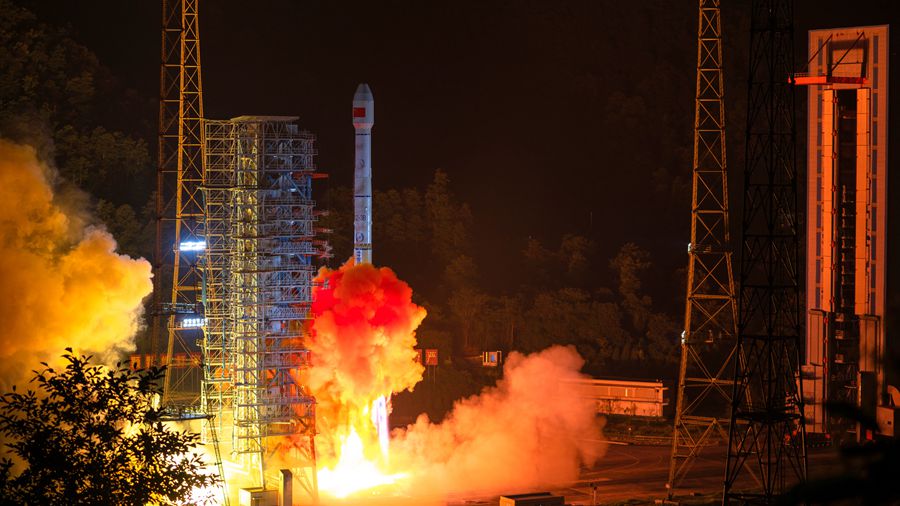
China launches a Long March 3B carrier rocket to place two Beidou navigation satellites into space at the Xichang Satellite Launch Center in Southwest China's Sichuan province, on Sept 23, 2019.
China will possibly launch all BeiDou 3 satellites to complete the global network of its BeiDou Navigation Satellite System into space by the end of June, about half a year ahead of schedule.
China started to build the BDS 3 system in 2009, and planned to complete construction by the end of 2020, with intensive launch missions.
China has deployed three systems, BDS 1, BDS 2 and BDS 3, to provide accurate positioning and navigation services to the world.
The BDS system, independently constructed and operated by China, currently has 38 in-orbit satellites including 18 BDS 2 and 20 BDS 3.
As a space infrastructure of national significance, the BDS provides all-time, all-weather and high-accuracy positioning, navigation and timing services to global users, according to a white paper on the system.
4. Gaofen program
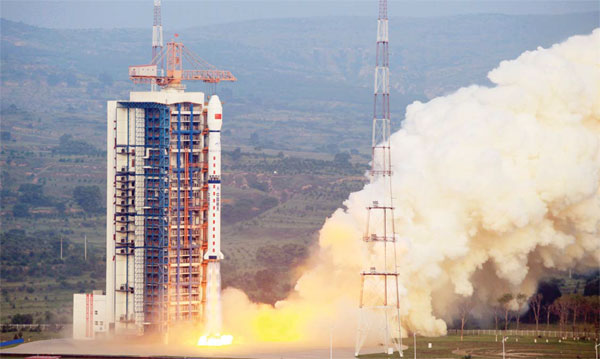
The Gaofen 3 high-resolution Earth observation satellite is launched in Taiyuan, Shanxi province, on Aug 10. (Photos: Xinhua)
China has set goals to build a space-based, high-resolution Earth observation network by 2020, since it launched the Gaofen (high resolution) program, one of the 16 important national projects in science and technology, in May 2010.
So far, more than 10 Gaofen satellites have been launched, and all of them are in active service.
Gaofen 7 launched on Nov 3, 2019, for example, is China's first civil-use optical transmission three-dimensional surveying and mapping satellite that reaches the sub-meter level.
Images and data from the Gaofen satellites have been widely used in more than 20 industries across China and have helped reduce the country's dependence on foreign remote-sensing products. It has also helped serve countries participating in the Belt and Road Initiative.
5. Long March 8
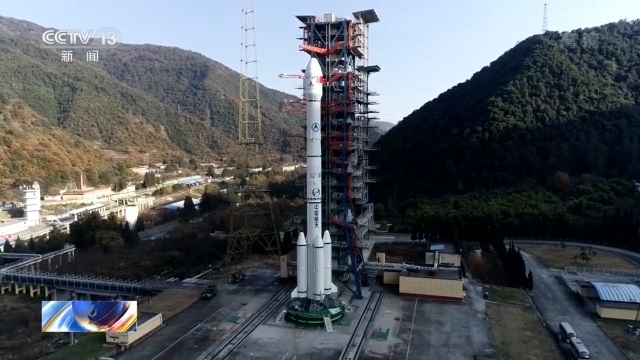
File photo of a Long March rocket. (Photo: CCTV)
China's new medium-lift launch vehicle Long March 8 will make its maiden flight next year, and it has entered the final stage of assembly and testing.
Long March 8 has been designed for commercial use to compete in the world market for carrying a maximum payload of 4.5 tons to the Sun synchronous orbit. It will also meet clients' requirements on low cost and good performance.
It is estimated that after being put on the market, its annual output will meet the demand of at least 10 launches in the early stage, and more than 20 in the later stage.
6. Hongyan satellite constellation
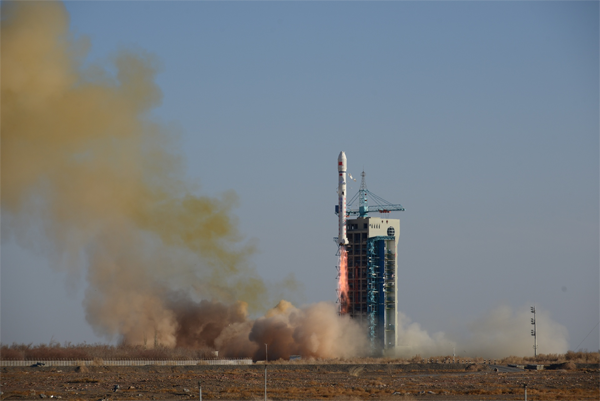
China successfully sends six atmospheric environment research satellites and a test communication satellite into orbit from the Jiuquan Satellite Launch Center in Northwest China at 4:00 pm on Dec 29, 2018.
The China Aerospace Science and Technology Corporation (CASC) announced in 2018 that China will establish a constellation of more than 300 low-orbit satellites to provide global communication services.
It is planned a basic network consisting of 60 satellites will be built in 2020. A narrow band system will be built at around 2023 and in 2025 a broadband system will be completed.
Once completed, the satellite communication network will take the place of the ground-based network and allow a mobile phone to be connected everywhere on the planet, either in a remote desert or at sea, according to CASC.
Hongyan will put an end to users' difficulties in making a phone call or using the internet when they are in a desert or remote mountain areas. The constellation will also help the Beidou system enhance its signal and improve positioning accuracy.
7. First exploration on Mars
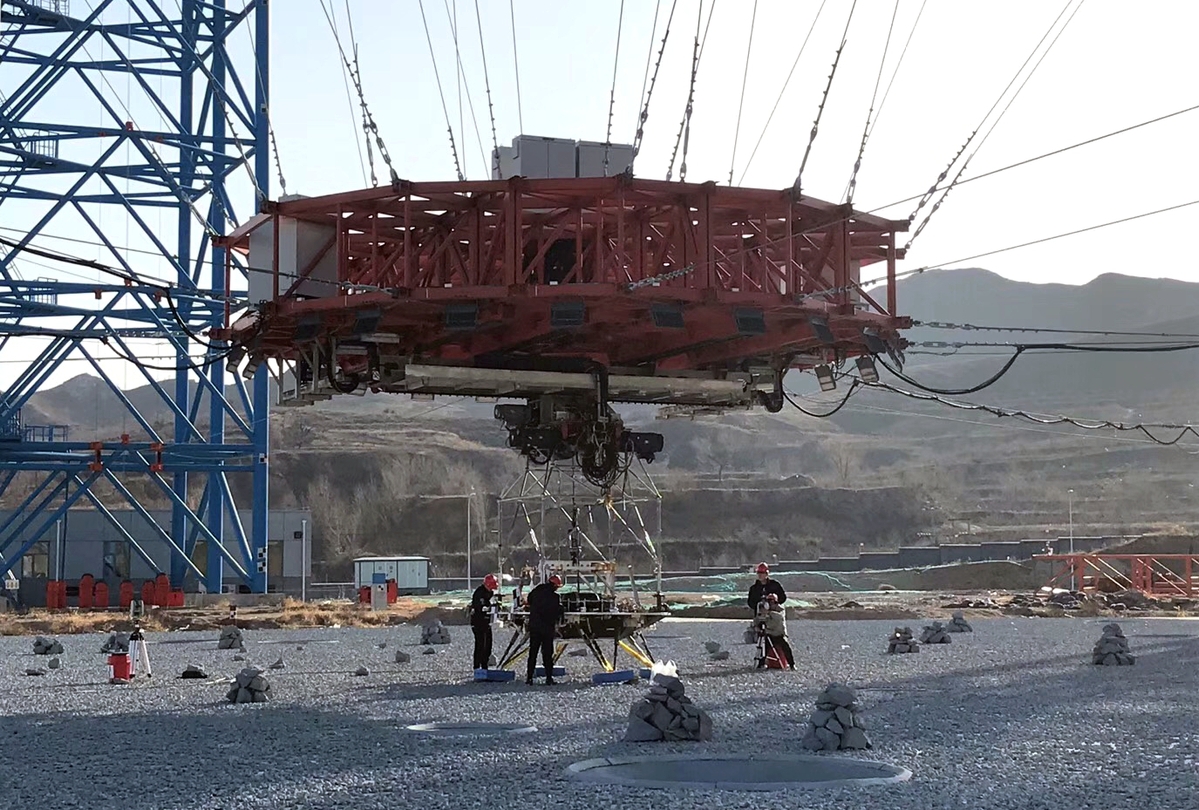
Scientists conduct a key experiment in Hebei province on Nov 14 for China's upcoming Mars mission.
After years of preparation and experiments, China is to start its exploration to the Mars by launching an unmanned probe to the planet next year.
The farthest distance between the Earth and Mars is about 400 million kilometers, so a probe will travel about seven months before reaching the Martian atmosphere. It is expected that the probe will land on the Martian surface in 2021.
The robotic probe will consist of three parts - the orbiter, lander and rover. The rover will have six wheels and four solar panels and will carry 13 scientific instruments. It will weigh more than 200 kilograms and operate about three months on the planet, according to Sun Zezhou, the spacecraft's chief designer at the China Academy of Space Technology.
8. Smart Dragon 2 rocket
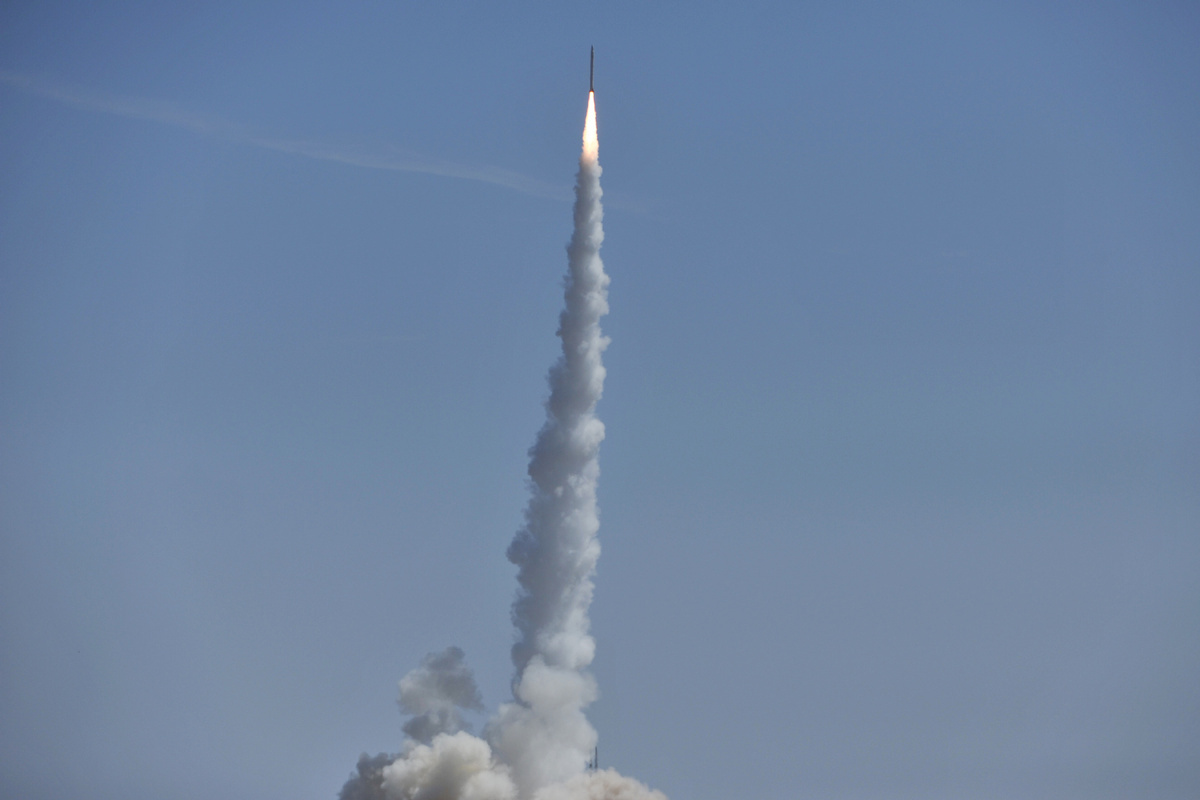
Smart Dragon 1 rocket, China's first rocket designed for commercial use, carrying three satellites lifts off from the launch pad at Jiuquan Satellite Launch Center in Gansu province, August 17, 2019. (Photo: Agencies)
The solid-propellant carrier rockets Smart Dragon 2 (SD 2) is expected to conduct flight tests in 2020.
The SD 2, with a total length of 21 meters, a diameter of two meters, and a total weight of about 60 tons, will be capable of sending 500 kg of payloads to the solar synchronous orbit at an altitude of 500 km.
The SD series is designed to provide reliable, convenient and economic launching services for commercial satellite users in the constellation network and payload tests.
SD 1 made its maiden flight in August this year, and the SD 2 is expected to make its first flight test in 2021.


